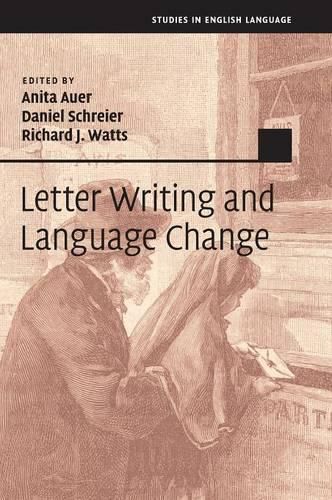Readings Newsletter
Become a Readings Member to make your shopping experience even easier.
Sign in or sign up for free!
You’re not far away from qualifying for FREE standard shipping within Australia
You’ve qualified for FREE standard shipping within Australia
The cart is loading…






Letter Writing and Language Change outlines the historical sociolinguistic value of letter analysis, both in theory and practice. The chapters in this volume make use of insights from all three ‘Waves of Variation Studies’, and many of them, either implicitly or explicitly, look at specific aspects of the language of the letter writers in an effort to discover how those writers position themselves and how they attempt, consciously or unconsciously, to construct social identities. The letters are largely from people in the lower strata of social structure, either to addressees of the same social status or of a higher status. In this sense the question of the use of ‘standard’ and/or ‘nonstandard’ varieties of English is in the forefront of the contributors’ interest. Ultimately, the studies challenge the assumption that there is only one ‘legitimate’ and homogenous form of English or of any other language.
$9.00 standard shipping within Australia
FREE standard shipping within Australia for orders over $100.00
Express & International shipping calculated at checkout
Letter Writing and Language Change outlines the historical sociolinguistic value of letter analysis, both in theory and practice. The chapters in this volume make use of insights from all three ‘Waves of Variation Studies’, and many of them, either implicitly or explicitly, look at specific aspects of the language of the letter writers in an effort to discover how those writers position themselves and how they attempt, consciously or unconsciously, to construct social identities. The letters are largely from people in the lower strata of social structure, either to addressees of the same social status or of a higher status. In this sense the question of the use of ‘standard’ and/or ‘nonstandard’ varieties of English is in the forefront of the contributors’ interest. Ultimately, the studies challenge the assumption that there is only one ‘legitimate’ and homogenous form of English or of any other language.